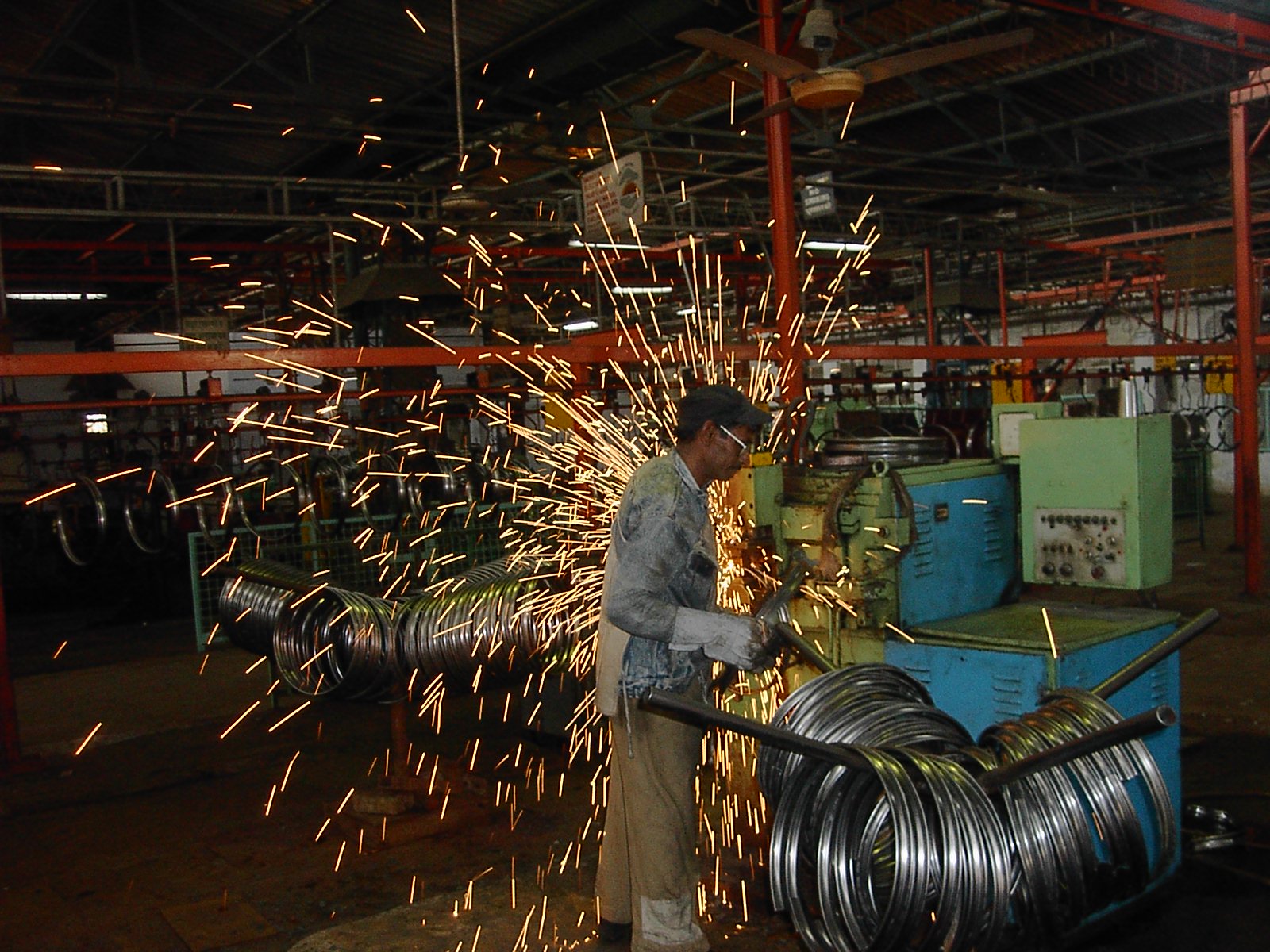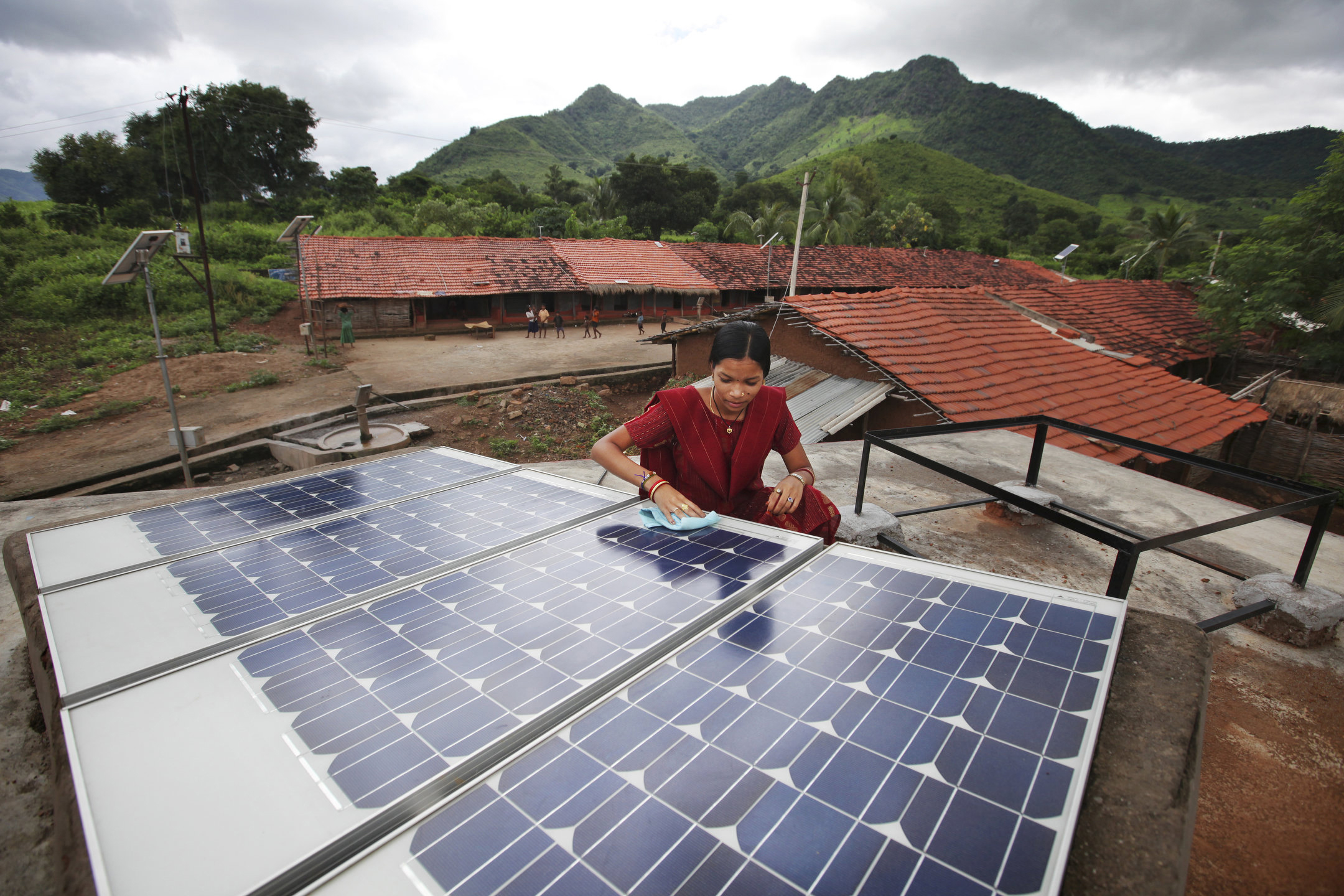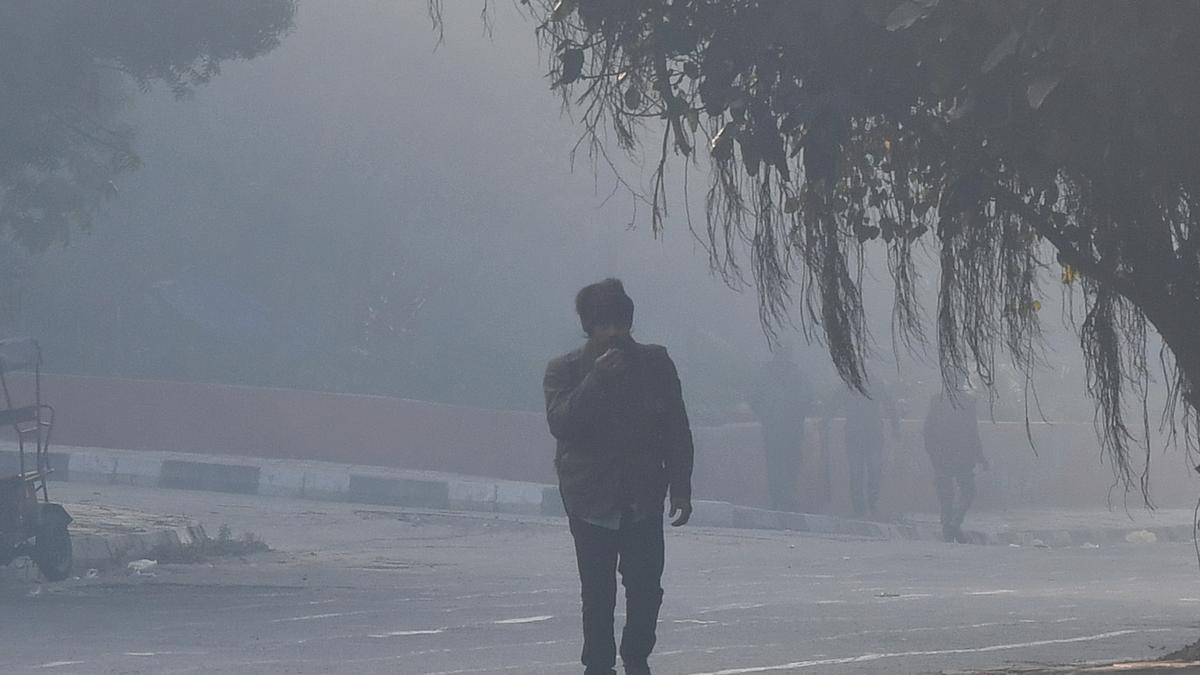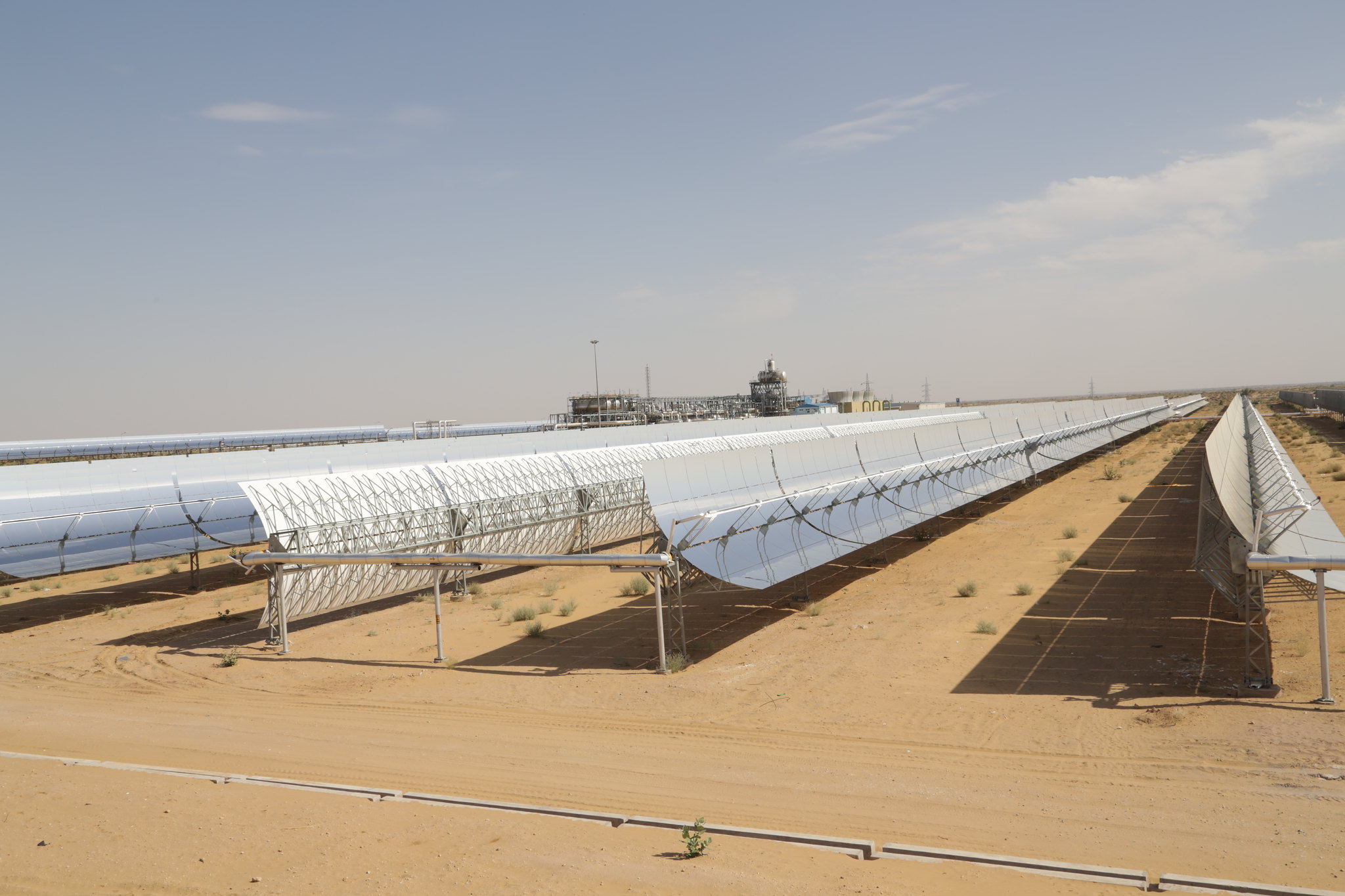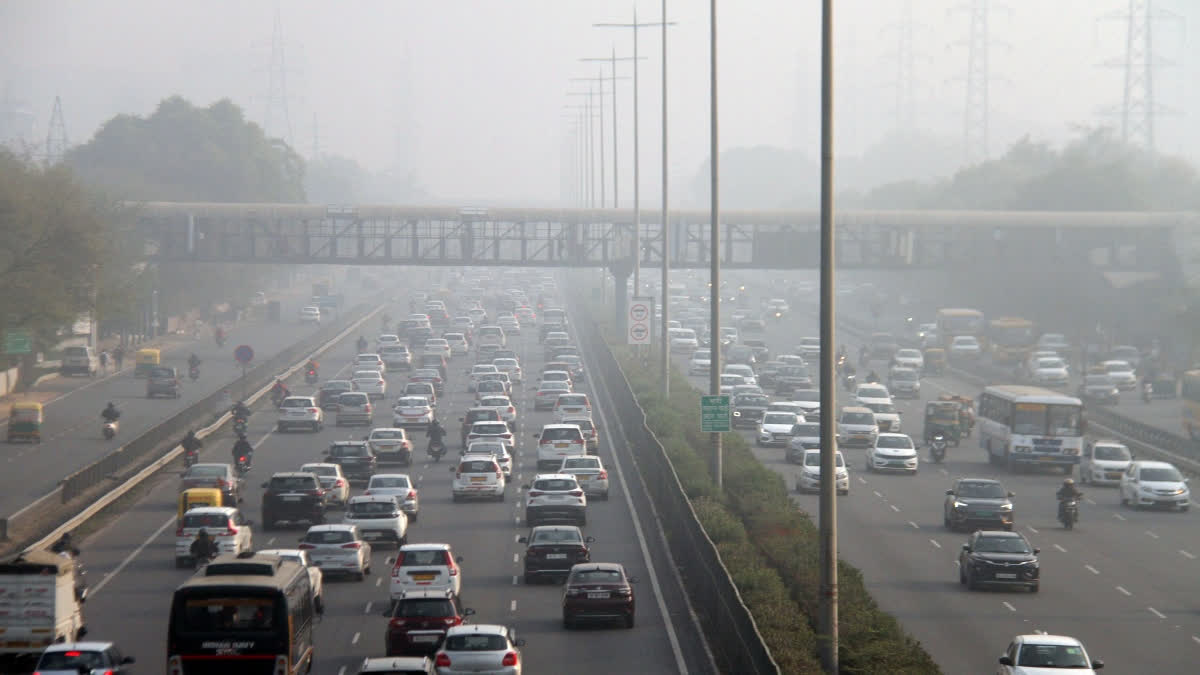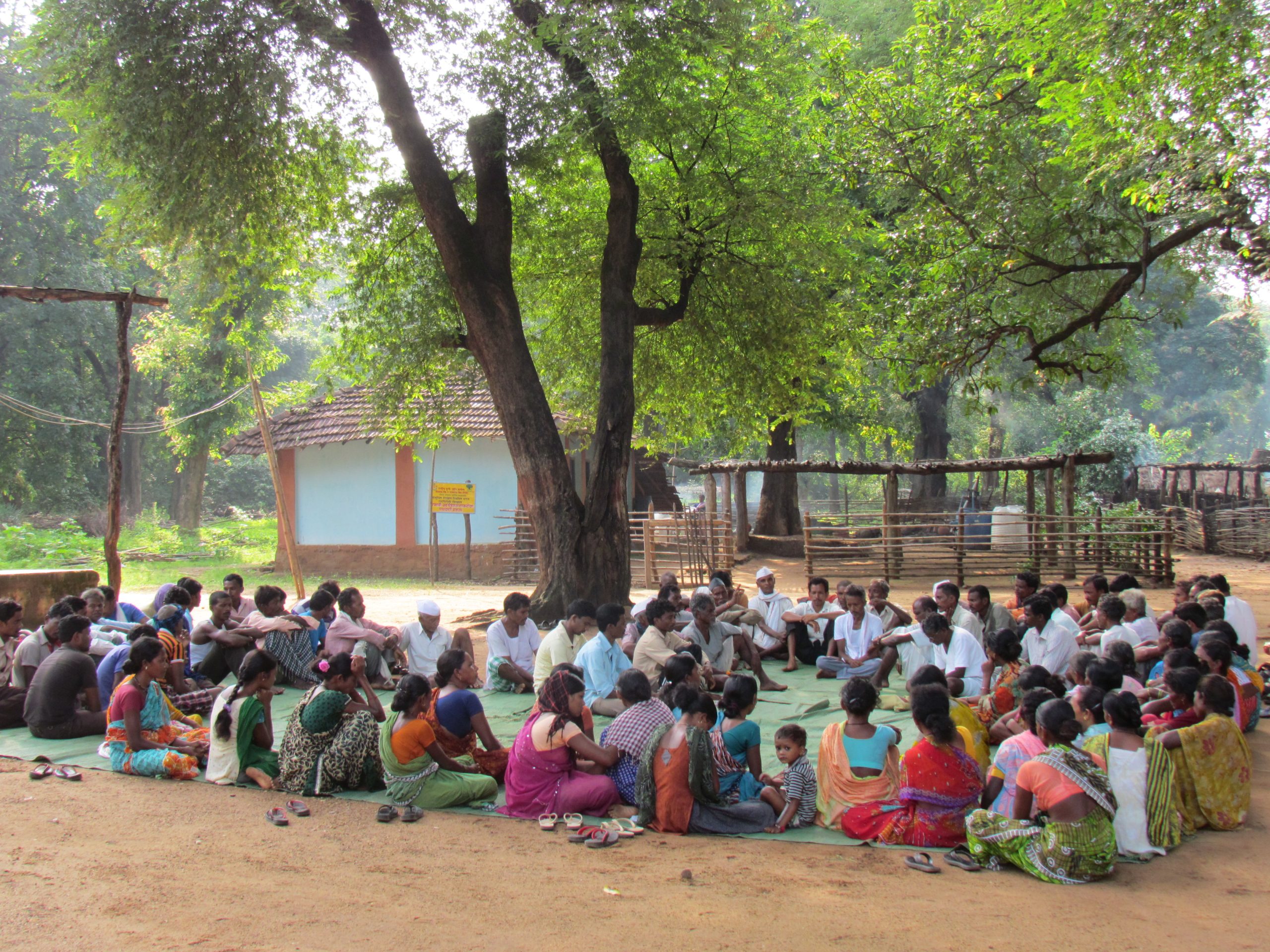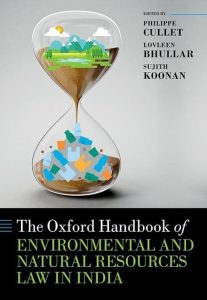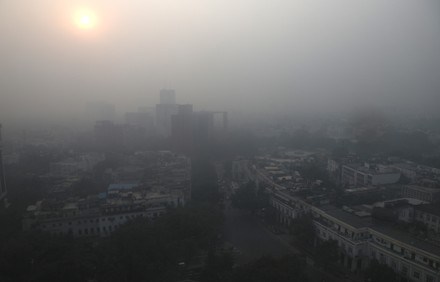Abstract
At COP26 in Glasgow, India announced a long-term ambition to achieve net-zero greenhouse gas emissions by 2070. Existing emissions-economy modelling studies highlight that India’s emissions show no sign of peaking before mid-century and will not reach net zero by 2070 in a business-as-usual scenario with current policies. Using a mixed methodology of expert elicitation and system dynamics modelling, this article examines the policy gap that needs to be bridged for India to realize its net zero by 2070 commitment. The study discusses a socio-economically sensitive policy mix that could set India on a trajectory to peak its emissions in a decade and zero out its carbon dioxide (CO2) emissions by mid-century, leaving about one gigaton of other greenhouse gases to be decarbonized by 2070 to meet India’s net-zero goal. The policy mix realizes this goal while maintaining the government’s fiscal stability, and increasing employment and GDP beyond business-as-usual. The trajectory reported here is one of many possible low-carbon development pathways that could potentially be a net socio-economic positive for India. However, barriers such as the country’s lack of clean energy innovation and industrial policies, the gap between its domestic manufacturing capacity and deployment requirements, individual sector readiness for decarbonization, and the distributional implications of government revenue shifts through the energy transition remain significant challenges that need to be addressed to realize these potential socio-economic benefits of decarbonization.
Read more
